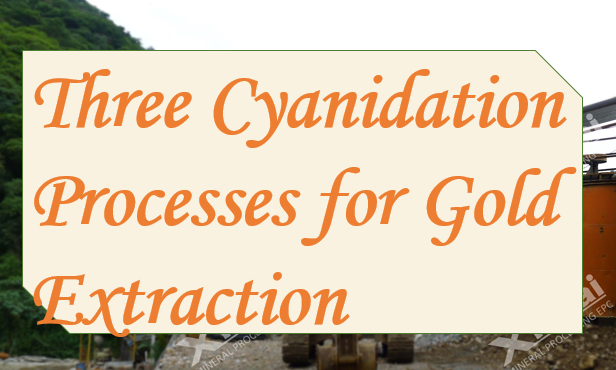
Depending on ore properties and process conditions, cyanidation has evolved into multiple specific applications in industrial practice. Among these, cyanide-carbon-in-pulp (CIP), heap leaching, and stirred cyanidation represent the three predominant process routes currently in use.
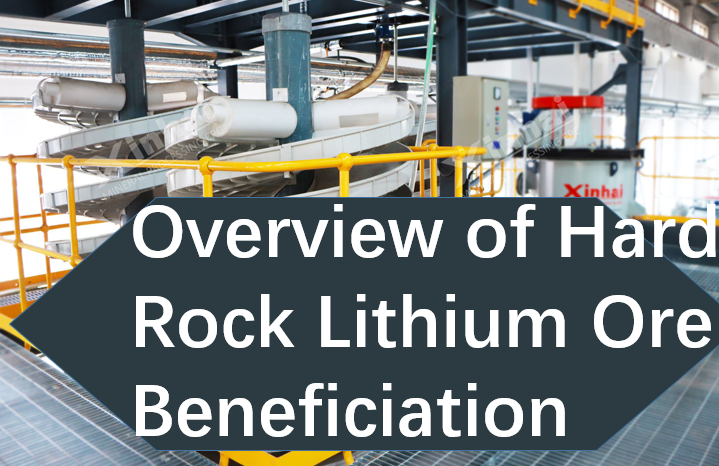
lithium, a critical metal in the new energy era, relies on advanced beneficiation processes for efficient extraction. The beneficiation of hard rock lithium ores—mainly composed of minerals such as spodumene, lepidolite, and petalite—often requires "tailored" process flows based on ore characteristics.
As a vital non-metallic mineral, barite undergoes various beneficiation processes tailored to ore properties and production requirements. Current mainstream methods include heavy medium separation, jigging, shaking table separation, and flotation.

A mineral processing plant is a specialized facility designed to extract valuable minerals from raw ore, transforming it into marketable concentrates. Whether processing gold, copper, iron, or phosphate, building a mineral processing plant requires meticulous planning, engineering expertise, and adherence to regulatory standards
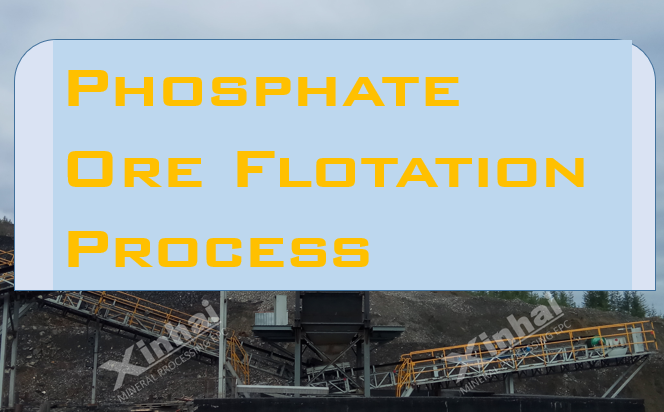
As the most widely applied technique in phosphate ore processing, flotation has become the key to achieving efficient phosphorus resource enrichment due to its adaptability to ores with varying properties.

Leveraging a team of professional geologists and advanced exploration technologies, Xinhai Mining delivers internationally compliant geological exploration, resource assessment, and report preparation services for global mining projects. We are committed to providing scientifically sound geological foundations for mine development.
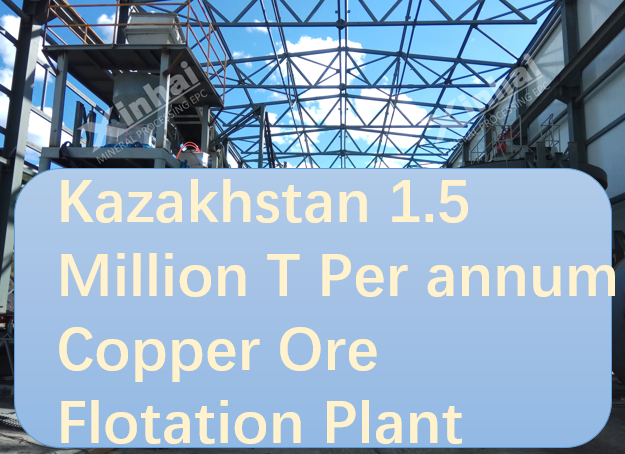
As a key overseas mining project strategically positioned by the company, the Kazakhstan 1.5 million tonnes per annum copper ore flotation plant project (in collaboration with Kazakhstan's BMT Company) is progressing steadily with high standards and efficiency.
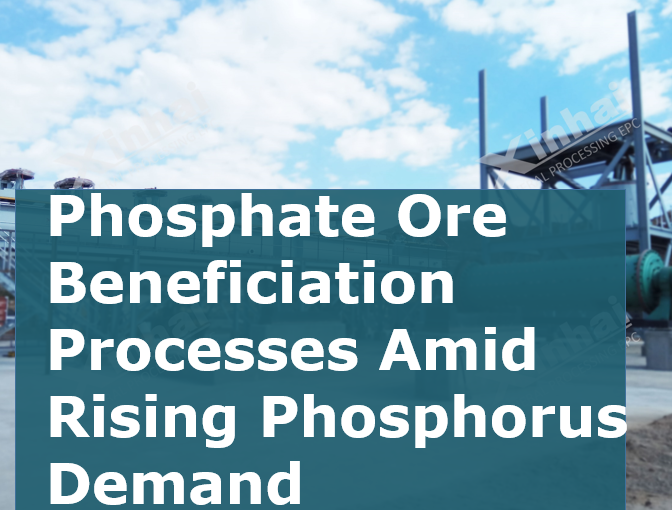
In recent years, the proliferation of new energy vehicles has driven demand for lithium iron phosphate batteries. Coupled with increased consumption of agricultural phosphate fertilisers and chemical phosphoric acid, societal demand for phosphorus resources continues to climb. Against this backdrop, beneficiation techniques for medium-to-low grade phosphate ores have become a focal point within the industry.

This project encompasses the technical upgrade of the concentrate dewatering workshop in the 700tpd No. 1 mining plant and the construction of an intelligent wastewater treatment system for the 3000tpd No. 2 mining plant.
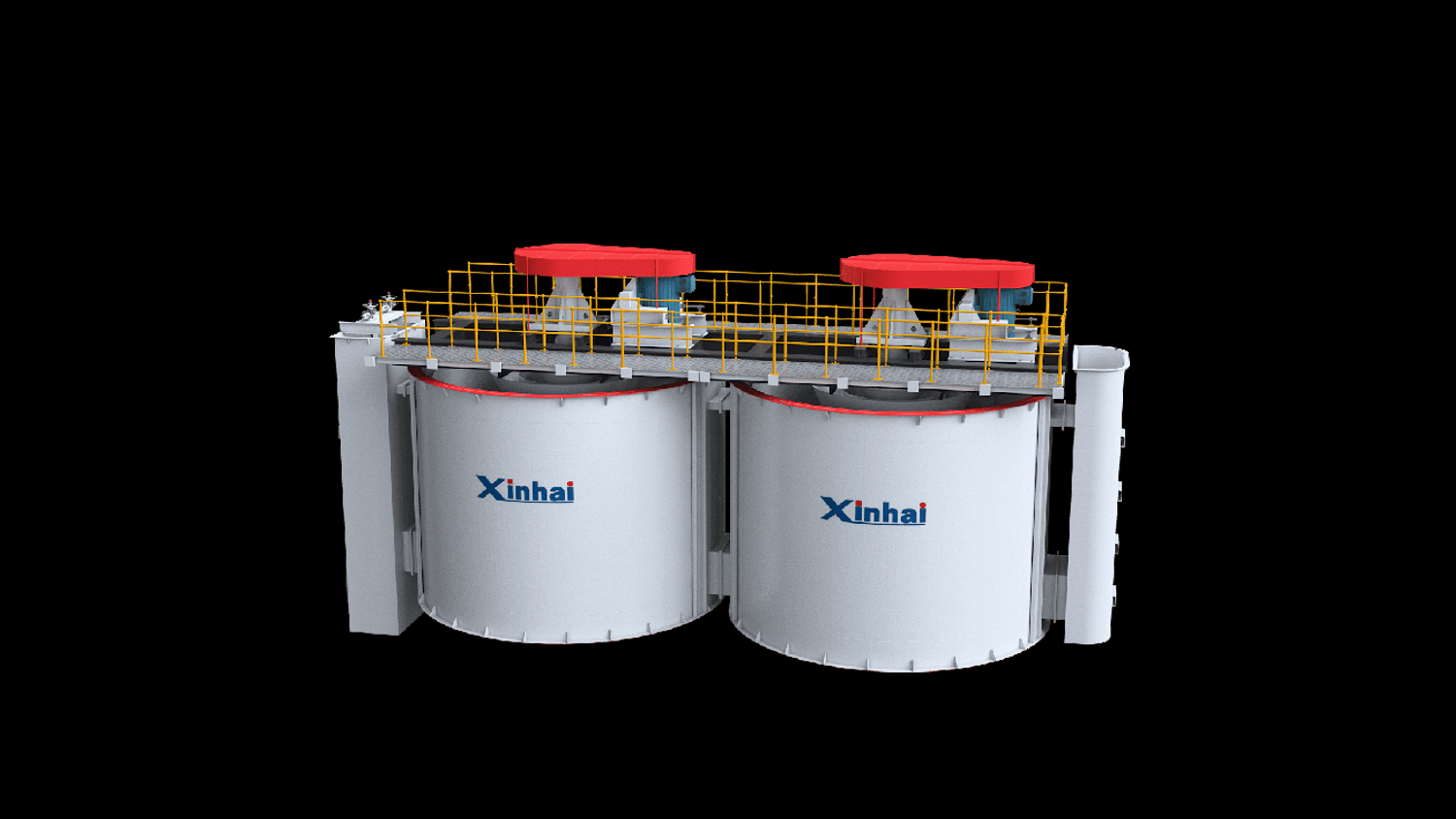
The flotation machine features a circular cross-section with a conical bottom. This design improves air dispersion and pulp surface stability, enhances pulp flowability, and prevents settling.